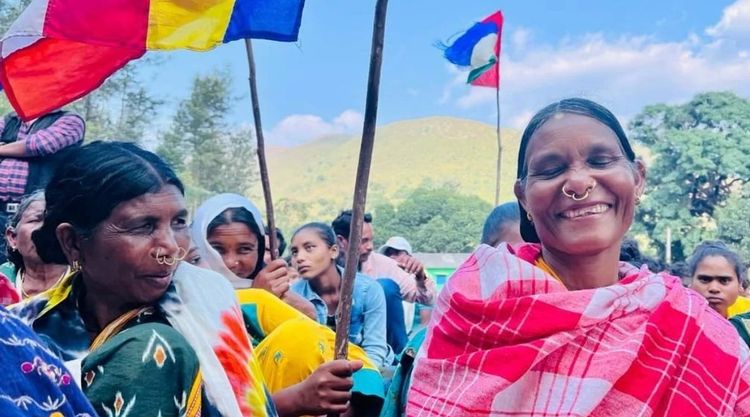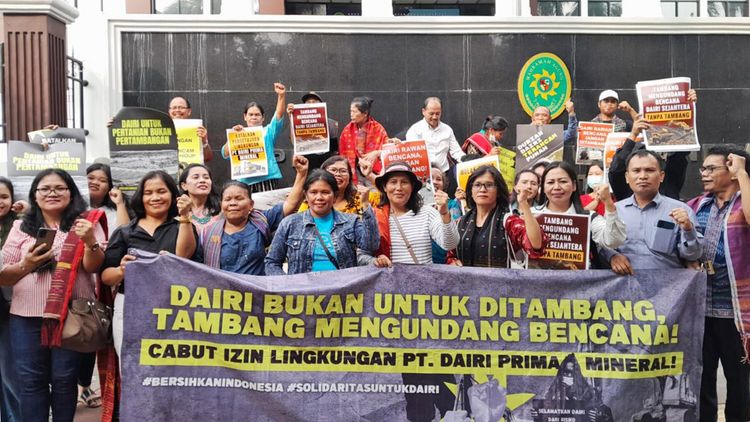Asia Undercovered Special Issue: Climate Change


The immensity of climate change threats are becoming more apparent every day. It’s why groups like Extinction Rebellion are taking a stand with more and more people around the world to fight climate change. But there’s a problem – these movements are Europe and US focused, and have little traction in Asia. This is a problem as the continent is both the top source of greenhouse gas emissions – and home to several highly vulnerable countries. In fact, all of the top 10 cities most in danger from rising sea levels are Asian countries.
This week’s special edition focuses on undercovered stories that focus on climate change in Asia – highlighting both the causes and impacts of our increasingly dire climate future.
New to Asia Undercovered? Subscribe here.
Vulnerable Asian Communities
Simrit Kaur and Harpreet Kaur from the University of Delhi warn of climate change migration in South Asia, as nearly half of the region’s population lives in areas that are projected to become moderate to severe climate hotspots by 2050 (East Asia Forum).
In Bangladesh, environmental disasters linked to climate change are putting at risk over 19 million children. And it’s not just a matter of housing, food and health. The environmental threat is prompting many families to push child marriages and dangerous forms of labor (Times of India).
Sara Hayat highlights how climate change affects women more in Sindh, Pakistan, where women are often left behind during climate induced-migration. Adding to their vulnerability is their reliance on agriculture and fisheries, leaving them with little financial security (Dawn).
This piece on how climate change will affect Asia in This Week in Asia notes that in 2017, China, India and Japan were ranked first, third and fifth among the world’s worst polluting countries (SCMP).
The three world’s worst polluting countries
Japan is considering a long-range climate policy to achieve zero emissions “as early as possible in the second half of this century.” But environmental activists have already voiced doubts and criticism over its vagueness and lack of ambition. Daniel Hurst takes a look at Japan’s new Climate Change Strategy for The Diplomat.
India’s election just finished. Nives Dolsak and Aseem Prakash examine how much climate issues are talked about by leading political parties. Bad news – not very much, suggesting it ranks low in voter preference and political priority (Forbes).
China’s energy investments abroad still favor coal, prompting criticism on the environmental impacts of its projects. They are now promoting a “green belt and road” – the question is whether this means meeting international standards in line with the Paris Agreement (Climate Change News).
Movements
Stories on the actions and movements in Asia in face of this global threat:
Youth climate awareness in Asia is rising, but compared to broad movements in the west, youth in the region campaign more for local environmental issues. In this piece Eco-Business looks at five countries where young people are fighting to change the future.
A high school student in Hong Kong gives an insider’s view on why youth should be leading Asia’s climate change movement, while also questioning why students from international schools dominated the strikes in March, while students from local schools were barely involved (China Dialogue)
A way forward – India is learning that farmers can help combat climate change as citizen scientists. Mongabay looks at how scientists applied a crowdsourced citizen science approach called tricot to gather first-hand data and feedback from farmers to produce climate-resilient crop varieties.
In this piece, Jayanta Basu argues that South Asian countries must rise above political differences to come together when it comes to global climate negotiations – before things turn from bad to worse (Telegraph India).

Asia Undercovered: Journalist Nithin Coca's weekly roundup of the news, events, trends and people changing Asia, but not getting enough attention in the US media.





Member discussion